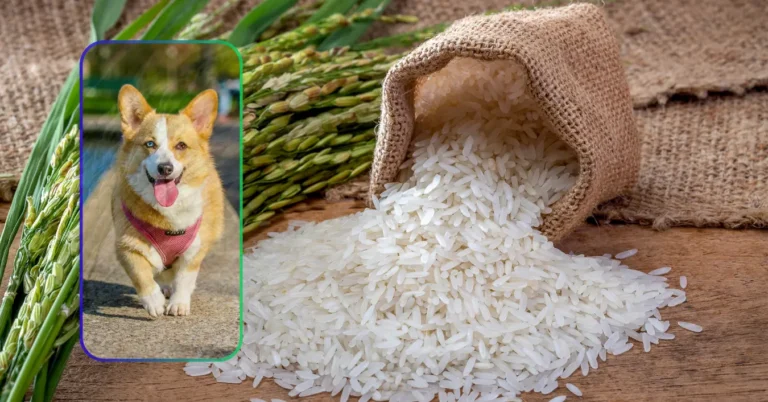Can dogs eat rice? Rice is a cereal grain. It’s a nutritional food with few calories and no fats, salts, or cholesterol. Because it helps them provide grain-free diets that some pet owners want, commercial dog food companies have embraced it as a low-cost alternative for conventional grains.
When caring for an unwell canine, numerous pet guardians opt for white rice as part of their furry friend’s diet. The preference for white rice in soothing a dog’s upset stomach stems from its ease of digestion, swift preparation, and lower fiber content.
Can Dogs Eat Rice?
Yes, dogs can eat rice. Rice is a good source of carbohydrates and can help to bulk up their diet. However, it is important to cook the rice before feeding it to your dog. Raw rice can be hard for them to digest.
Pet owners often opt for white rice when their canine companions are unwell. The preference for white rice in dogs with upset stomachs is attributed to its ease of digestion, quick preparation, and low fiber content.
Dr. Steve Weinberg, DVM, and the medical director/CEO of 911Vets, a mobile veterinary service in Los Angeles, notes, “We use rice as a carb source when dogs are on a bland diet after a GI upset.” White rice, in such cases, aids in stool binding during episodes of diarrhea.
Can Dogs Eat Different Types of Rice?
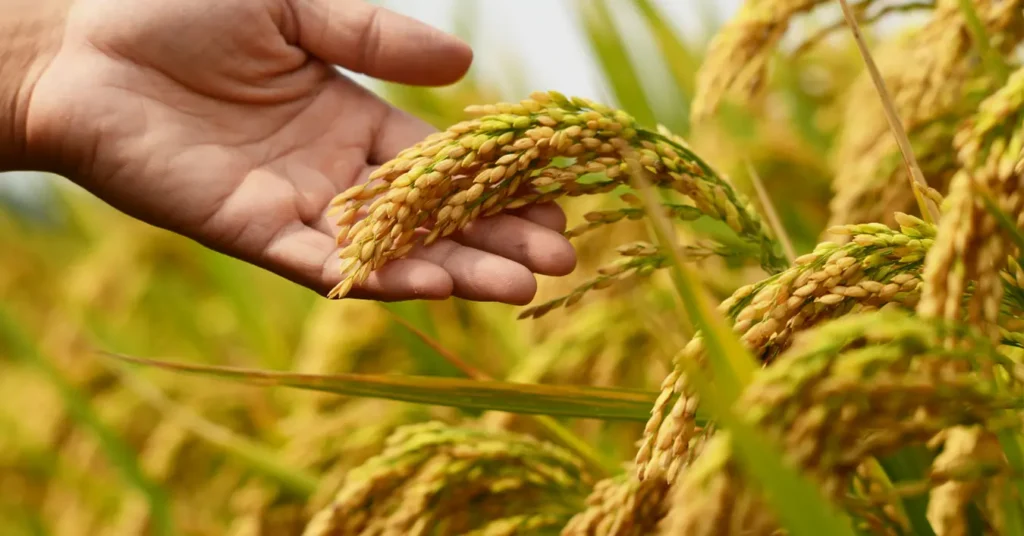
Dogs can indeed have brown rice without much worry, but when it comes to yellow rice, caution is advised. Yellow rice often includes turmeric, saffron, annatto, and other spices that might be potentially harmful to our canine companions.
Any rice with added components, even just salt and pepper, can be harmful to dogs. Black pepper can lead to stomach upsets, and excessive salt is toxic for various animals, including dogs. Cooking rice in butter is strongly discouraged, as butter, particularly in significant quantities, may result in vomiting, diarrhea, dehydration, and other health issues.
Jasmine Rice: A Treat or Caution?
Jasmine rice, akin to white rice, is processed, sugar-rich, and lower in fiber than brown rice. Its distinctive aroma, shared with basmati rice and freshly baked bread, is a natural occurrence without added flavorings or additives.
While white rice is generally deemed safe for dogs, brown rice takes the lead in nutritional value due to its higher fiber content. PetMD research suggests that brown rice also scores better in the glycemic index, although it may be slightly harder for dogs to digest, potentially causing constipation. It’s essential to consult with a vet before introducing significant dietary changes, especially if your dog hasn’t consumed rice on its own before.
Wild Rice: A Nutrient-Rich Option
When it comes to nutritional value, wild rice outshines basmati, jasmine, white, and brown rice. Packed with fiber, calcium, essential phosphorus, and antioxidants that reduce cancer risks, wild rice stands as a wholesome choice for canine consumption.
Basmati Rice: Another White Rice Variant
Basmati rice is another variant that dogs can consume, with similar considerations to white rice. It differs in having a lower glycemic index, more calories, and higher fiber, making it a bit more challenging to digest. The flavor profile is akin to jasmine rice, emphasizing the importance of avoiding any seasoning.
How To Feed Rice To Dogs?
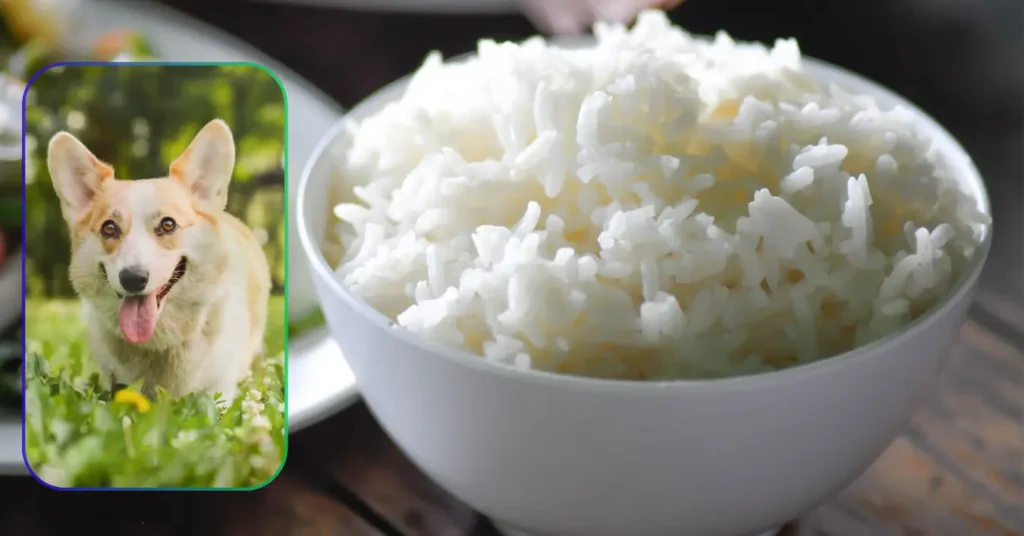
Many people think that dogs can’t eat rice, but that’s not true! Rice is actually a healthy food for dogs, and there are many benefits to feeding your dog rice. Rice is a great source of energy for dogs, and it’s also very easy to digest. Dogs who eat rice have more energy and are less likely to get sick. Additionally, rice is packed with vitamins and minerals that are essential for a dog’s health.
When preparing rice for your beloved canine companion, it’s important to adhere to specific guidelines:
There are some ways that you need to follow when feeding rice to your dog.
1. Cook the rice before feeding it to your dog
Cooked rice is much easier for dogs to digest than raw rice. When cooking rice for your dog, be sure to use plain white rice. Avoid using brown rice, as it is more difficult for dogs to digest.
2. Do not add any seasoning to the rice
Seasoned rice may contain spices or other ingredients that could be harmful to your dog. Stick to plain, unseasoned rice when feeding it to your dog.
3. Only feed your dog a small amount of rice at first
Start by only feeding your dog a small amount of rice. This will help you gauge how well your dog tolerates the food and how much they can eat without getting sick. If your dog does not have any adverse reactions to the rice, you can slowly increase the amount that you feed them.
4. Rice is a healthy food for dogs, but it should not be the only thing they eat
Be sure to feed your dog a balanced diet that includes other healthy foods such as meat, vegetables, and fruits. Rice can be a great addition to your dog’s diet, but it should not be the only thing they eat.
5. Avoid giving your dog rice if they are already sick
If your dog is already sick, avoid giving them rice. Rice may not agree with their stomach and could make their sickness worse. Stick to their regular food and consult with your vet if you are unsure about what to feed them.
Benefits Of Rice To Feed To Dogs
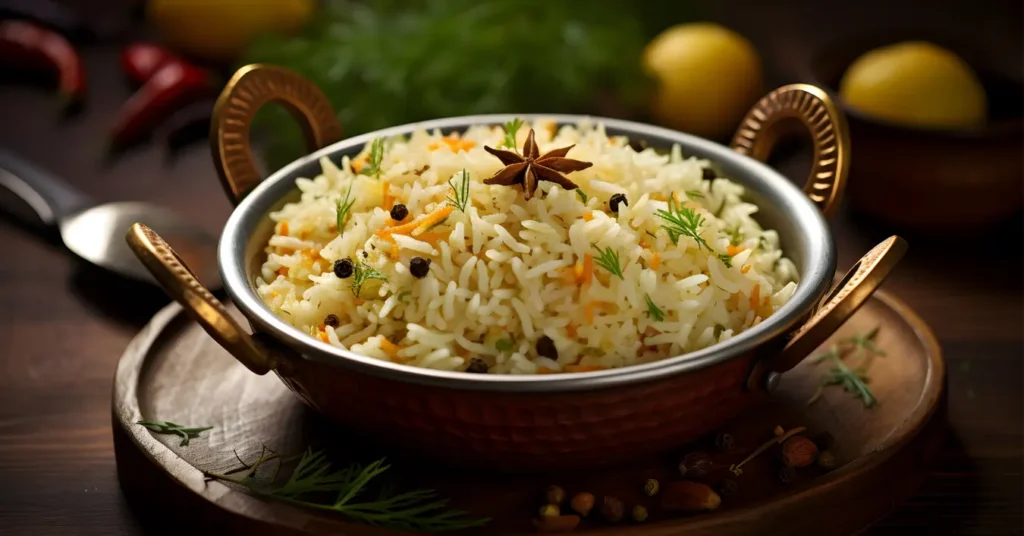
Rice is a grain that is commonly fed to dogs. It is a good source of carbohydrates and provides essential nutrients that can be beneficial for your dog’s health. Here are some of the benefits of feeding rice to your dog:
1. Rice is a good source of energy
Carbohydrates are an important part of a dog’s diet and are necessary for their bodies to function properly. Rice is a complex carbohydrate that breaks down slowly, providing your dog with a steady source of energy.
2. Rice can help settle an upset stomach
If your dog has an upset stomach, rice can help to settle it. The bland nature of rice makes it easy to digest and can help to soothe your dog’s stomach.
3. Rice is a good source of vitamins and minerals
Rice is a good source of essential vitamins and minerals, such as vitamin B6, magnesium, and phosphorus. These nutrients are important for keeping your dog healthy and can help to boost its immune system.
4. Rice can help to maintain a healthy weight
If your dog is trying to lose weight, rice can be a good option to include in their diet. It is low in calories and fat, and it will help to fill them up without adding extra pounds.
5. Rice is hypoallergenic
Many dogs are allergic to wheat, corn, and soy, but they can usually tolerate rice. If your dog has allergies, rice may be a good alternative to other grains.
Feeding rice to your dog can be beneficial for their health in many ways. It is a good source of energy, vitamins, and minerals, and it can help to settle an upset stomach. If your dog is trying to lose weight, rice can also be a good option to include in their diet.
Risks Of Rice To Feed To Dogs

Rice is a common food staple for humans, and also a popular choice of food to give to dogs. However, there are some risks associated with feeding rice to dogs that pet owners should be aware of.
1. Choking Hazard
The first risk of feeding rice to dogs is that it can be a choking hazard. Rice is small and hard, and can easily get stuck in a dog’s throat. If your dog starts to choke on rice, it is important to seek veterinary help immediately.
2. Allergic Reactions
Another risk of feeding rice to dogs is that they may be allergic to it. Just like with humans, some dogs can develop allergies to certain foods, and rice is one of them. If your dog starts to show signs of an allergic reaction after eating rice, such as itchiness, swelling, or difficulty breathing, it is important to seek veterinary care right away.
3. Gastrointestinal Issues
Another potential risk of feeding rice to dogs is that it can cause gastrointestinal issues. Rice can be difficult for dogs to digest, and may cause vomiting or diarrhea. If your dog starts to experience any gastrointestinal issues after eating rice, it is important to seek veterinary care.
4. Weight Gain
One final risk of feeding rice to dogs is that it can lead to weight gain. Rice is a high-calorie food, and if your dog eats too much of it, they may start to put on weight. If you are concerned about your dog’s weight, talk to your veterinarian.
It’s crucial to discern that brown rice is not recommended for dogs experiencing gastrointestinal issues, such as diarrhea. Dogs in distress benefit from the starch in white rice. However, it’s noteworthy that white rice has a higher glycemic index than brown rice, potentially elevating blood sugar levels. For diabetic dogs, occasional white rice intake is acceptable but not on a regular basis.
Overall, there are some risks associated with feeding rice to dogs. However, as long as pet owners are aware of these risks and take precautions, such as monitoring their dog’s reaction to rice, they can still enjoy this popular food staple together.
Rice Allergy in Dogs
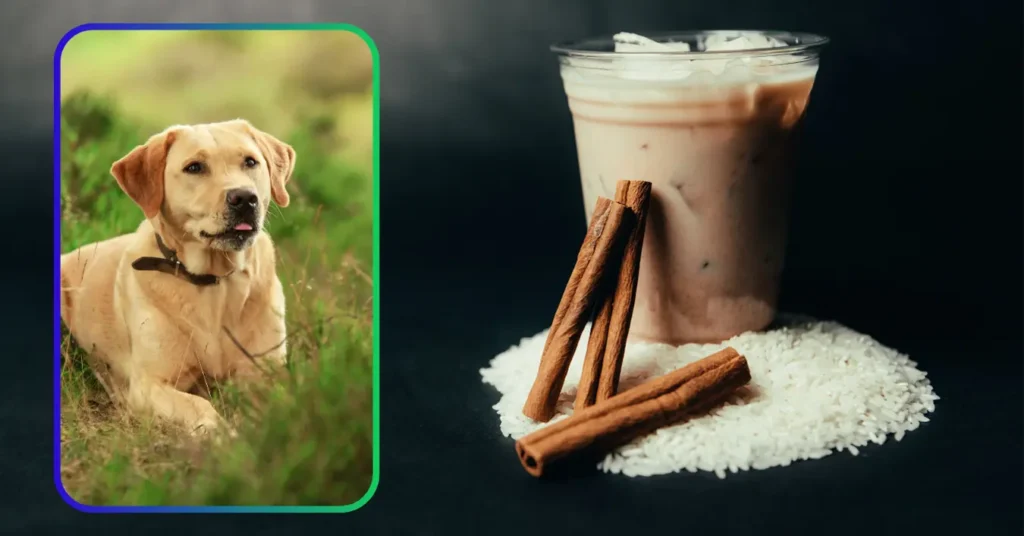
Not commonly encountered, rice allergies in dogs, as shared by Dr. Wigfall, present a distinctive set of symptoms that pet owners should be mindful of.
Considering the prevalence of rice components in many canine diets, Dr. Wigfall suggests seeking confirmation from a veterinary dermatologist if you suspect your furry friend is allergic to rice. An accurate diagnosis can pave the way for tailored solutions.
When grappling with a rice allergy, your canine companion may exhibit signs such as vomiting, diarrhea, weight loss, and skin irritation. Dr. Wigfall emphasizes that these symptoms might manifest with or without skin issues, ranging from persistent scratching, red patches, and hair loss to smelly ears and skin covered in scabs and crusts.
Dr. Burch highlights that dogs with rice allergies can find alternative carbohydrate sources in potatoes, oats, or tapioca. It’s essential to consult with your vet before transitioning to a grain-free diet, as recent associations link such diets to dilated cardiomyopathy in dogs. Most dogs, in fact, benefit from having grains as part of their dietary composition.
If your suspicions are confirmed, your veterinarian may recommend a rice-free diet for your pup. Opting for hypoallergenic dog food can be a prudent choice in such cases.
How Can I Add Rice To My Dog’s Diet?
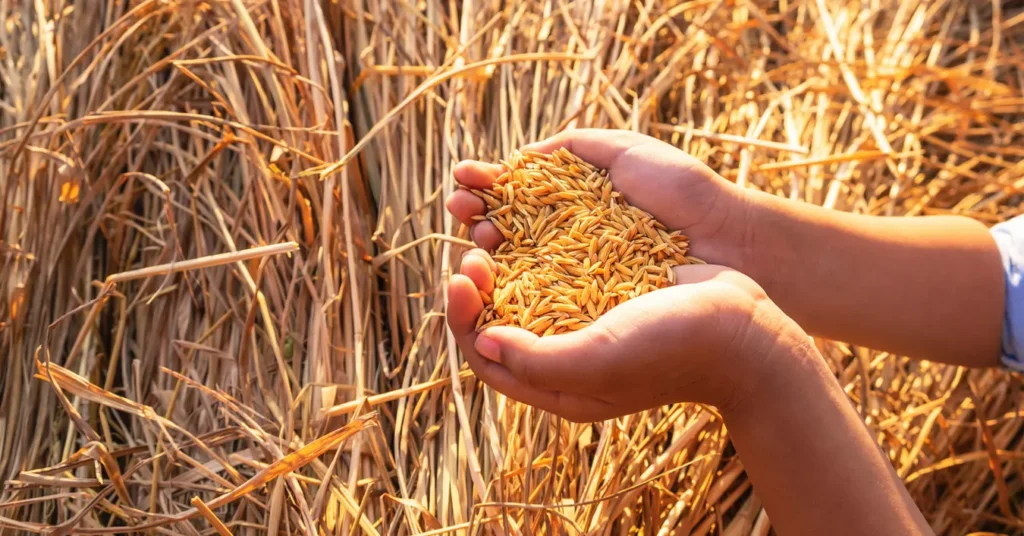
There are many benefits to adding rice to your dog’s diet. Rice is a great source of complex carbohydrates, which can help your dog maintain energy levels. Additionally, rice is a good source of fiber, vitamins, and minerals. Adding rice to your dog’s diet can also help to regulate their digestive system.
Opt for the uncomplicated version of the recipe: boil the rice in plain water, omit salt, and reserve flavorful additives for the human dinner table.
If you want to add rice to your dog’s diet, you can do so by cooking the rice and adding it to their food. You can also purchase ready-made dog food that contains rice. Just be sure to check the labels to make sure that the food is complete and balanced for your dog’s needs.
It’s crucial to discern that brown rice is not recommended for dogs experiencing gastrointestinal issues, such as diarrhea. Dogs in distress benefit from the starch in white rice. However, it’s noteworthy that white rice has a higher glycemic index than brown rice, potentially elevating blood sugar levels. For diabetic dogs, occasional white rice intake is acceptable but not on a regular basis.
Conclusion | Can Dogs Eat Rice?
Feeding rice to your dog can be beneficial for their health in many ways. It is a good source of energy, vitamins, and minerals, and it can help to settle an upset stomach. If your dog is trying to lose weight, rice can also be a good option to include in their diet. However, there are some risks associated with feeding rice to dogs that pet owners should be aware of, such as choking hazards, allergic reactions, and gastrointestinal issues.
When preparing rice for your furry friend, boil it in water without adding any seasonings or spices. These additives can upset stomachs or even prove toxic. Keeping it plain and simple is the key; your dog won’t discern the difference. As with any dietary changes, consult your veterinarian before introducing rice into your dog’s diet, and proceed gradually.
You Might Also Like:
